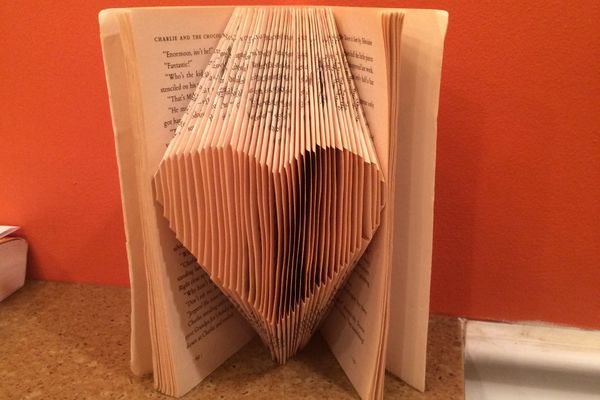Make seed tape
Make seed tape by spacing seeds on strips of biodegradable paper, using flour paste to stick them, then plant and water to grow a garden.



Step-by-step guide to make seed tape
DIY Seed Tape - How to Make Your Own Seed Tape
Step 1
Gather all the materials on a clean table so everything is ready.
Step 2
Make a flour paste by stirring 1 tablespoon of flour with 2 tablespoons of water in the small bowl until smooth.
Step 3
Cut the biodegradable paper into strips about 1 inch wide and 8 to 12 inches long using scissors.
Step 4
Use the ruler or pencil to make light marks along a strip about 1 to 2 inches apart where each seed will go.
Step 5
Dab a small dot of flour paste on each pencil mark using the spoon to make sticky spots.
Step 6
Place one seed on each paste dot so the seeds are spaced evenly.
Step 7
Put a tiny dot of paste over each seed to gently stick it to the strip.
Step 8
Let the seed tape dry flat and undisturbed until the paste feels dry to the touch.
Step 9
Fill your pot or planting row with potting soil and smooth the top level.
Step 10
Make a shallow trench about 1 8th to 1 4 inch deep where you want to plant the seed tape.
Step 11
Lay the dry seed tape into the trench and cover it gently with a thin layer of soil.
Step 12
Water the planted tape gently so the soil is moist but not flooded.
Step 13
Share a photo and a short story about your finished seed tape and planting on DIY.org
Final steps
You're almost there! Complete all the steps, bring your creation to life, post it, and conquer the challenge!


Help!?
What can we use if we can't find biodegradable paper or the flour called for in the paste?
If biodegradable paper is hard to find, use toilet paper or coffee filters cut into 1-inch strips, and if you don't have flour make a quick paste with 1 tablespoon cornstarch and 2 tablespoons water following the same mixing step.
My seeds keep falling off or the paste gets too wet—what should I do during the making and planting steps?
Make the flour paste slightly thicker by adding a little more flour, press a tiny dot of paste over each seed and let the seed tape dry flat and undisturbed until the paste feels dry to the touch before laying it into the 1/8 to 1/4 inch trench to prevent seeds falling off or becoming soggy when watering.
How can I adapt this activity for younger kids or older children doing it more independently?
For preschoolers, pre-cut the biodegradable paper and pre-mark and dab paste dots so they can place seeds, while older kids can use the ruler to make 1–2 inch spacing marks, mix the flour paste themselves, and measure the trench depth when planting.
How can we personalize or extend the seed tape project after making the tapes?
Decorate and label each biodegradable strip with non-toxic markers before adding paste and seeds, and extend the project by keeping a photo-and-growth journal of each planted tape shared on DIY.org as suggested.
Watch videos on how to make seed tape
DIY Seed Tape: Detailed Tutorial
Facts about gardening for kids
♻️ Biodegradable paper breaks down much faster than plastic and can help your garden instead of polluting it.
🥣 Flour-and-water paste is a safe, traditional glue used for crafts (and seed tape!) for hundreds of years.
📏 Many tiny seeds (like carrots) do best about 1–2 cm apart — seed tape makes perfect spacing simple.
🌿 Some veggies sprout super fast: radishes can germinate in as little as 3–7 days with water and warmth.
🌱 The oldest successfully germinated seed was a 2,000-year-old date palm — seeds can stay alive a very long time!
How do you make seed tape with kids?
What materials do I need for seed tape?
What ages is seed tape making suitable for?
What are the benefits of making seed tape with kids?


One subscription, many ways to play and learn.
Only $6.99 after trial. No credit card required



